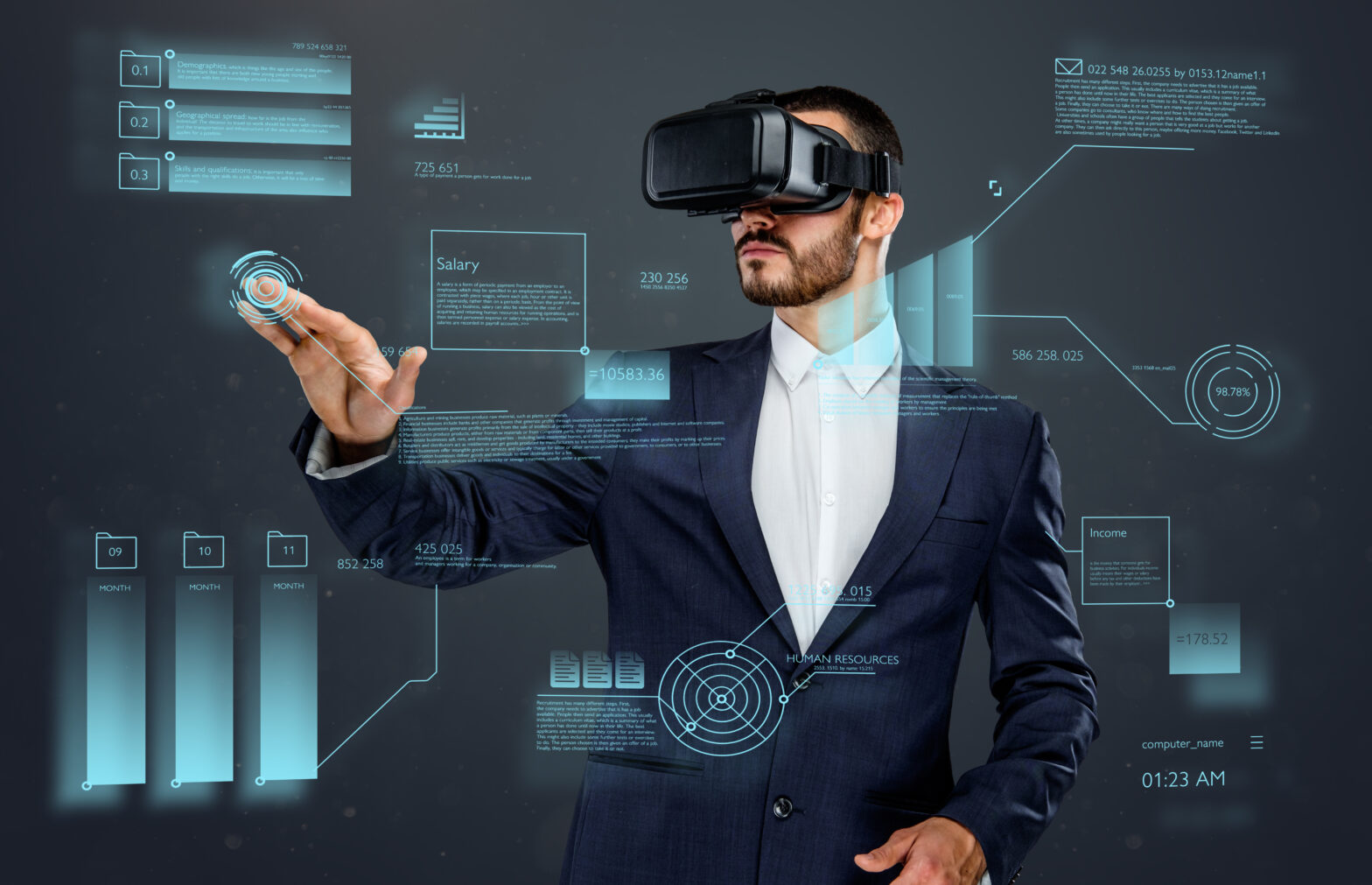‘Wowing’ people through immersing them in new and vivid virtual experiences is all well and good but the pointy end of the stick for the majority of organisations is in engaging the attention of, and going on to do business with, new customers. So how can VR be used to drive new business? Here are a few ideas.
Embed experiences
Many VR experience once created can be embedded directly into a website with a simple line of code. That means you can share VR experiences with any website visitor. They can view VR landscapes in a browser, without a VR headset, in what we call ‘fish tank’ mode. Effectively what is created is a fully explorable image.
While browser viewing doesn’t deliver a fully immersive experience, it does let business engage website visitors with a visually stimulating environment as they scroll through a page. It’s a great way to leverage the investment made in VR design and demonstrate progressive thinking.
You may have seen this in action on property sales sites as, using VR, they can go beyond showing 2D images of new properties and offer site visitors a far richer experienced-based view which they can control themselves.
Beyond just providing a novel experience, savvy marketers can choose to add a call to action like ‘Want to view this in VR? We’ll send you a headset.’ With bulk orders of branded plastic or cardboard headsets costing as little as a few pounds each, capturing contact details in this way and generating a new lead for a marketing or sales team to follow up with is great value.
Embedding VR designs within social media, in the same way as an image, can trigger far higher levels of engagement in posts and help further amortise any VR investment.
Spark interest
For now, there’s still a novelty around VR experiences which makes them highly compelling. And while not every business may be able to replicate for its customers the heart-pounding effect of an Audi test drive around a virtual Nurburgring, the ability to place people in the heart of a new environment and give them the freedom to experience it as they choose is powerful.
Architectural or interior design firms can make great use of this through showcasing their designs in VR and offering to share insights into their designer’s vision and/or secrets of their projects and processes with clientlsu or those who sign up to a webinar, newsletter or whitepaper.
Offer reassurance
VR is especially powerful in its ability to give people access to environments that are remote or that don’t yet exist. This can be used to great effect by conference and events producers to drive registration for future events.
Conferences can be an expensive undertaking – a company is being asked to part with tens of thousands of dollars in upfront costs for sponsorship, securing of exhibition floor space, staff passes, accommodation, etc, for an event. So the ability to immerse the decision makers in a preview VR experience has the potential to make all the difference. VR can make the hypothetical real, right on a website. Offering a virtual tour created either from 3D designs or captured footage from previous shows, or both, enables viewers to take a close look at event facilities and understand advertising opportunities.
This can also work well with tourism. Thomas Cook, one of the world’s largest travel agencies, previewed tours of Manhattan to British clients and saw a 190% increase in bookings. Carnival Cruises have tried this too and found it easier to sell cabin upgrades when prospects can ‘experience’ the difference.
Stand out
VR is also powerful for in-person sales. Arming a sales team with VR content stored on a mobile and simple, portable headsets like a Google Cardboard or one of any of the small plastic viewers that are easy to find can give them a chance to stand out. SiriusDecisions recently reported that 70% of the buying process in a complex sale is already complete before prospects are willing to engage with a live salesperson. What this means is that those in sales have a very limited window to make an impact. VR lets salespeople tell a new story buyers may not have uncovered in their own research, and start forging emotional connections faster.
Use VR intelligence
Much like marketers have poured over website data like Google analytics data, many of the top VR platforms deliver their own detailed analytics that can be leveraged by marketers to drive new leads.
Data is captured on how, when and where people are engaging with individual VR experiences. How can this be used? Think of a situation whereby a VR experience has been created by an interior design firm to demonstrate its best work. This is then sent via an email blast to a handpicked group of developers who would make ideal new clients.
By studying VR analytics, marketers are able to get real-time insight on when the design is being viewed, how, EG fish tank, Oculus headset, mobile, etc, how long and where it is being viewed from.
Through combining these insights, marketers are able to build a clear picture of not only the effectiveness of their activity but also take steps to engage further with those who have opened and viewed the design. As an example, if a design has been experienced with only a fish tank view, a cardboard headset could be offered as a gesture to deliver an even better experience.
Integrating VR into business practices can deliver a particularly compelling combination of experiences – those that are both novel and practical. By experimenting with different applications, tracking results and and adding intelligent and strategic calls to action, VR can very quickly go beyond being a novelty and be a key tool for driving business.
Robert Kendal is managing director of Yulio Technologies.





